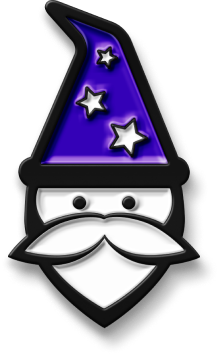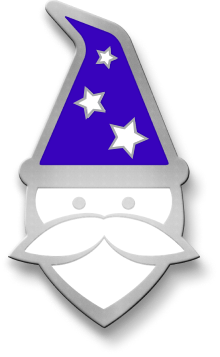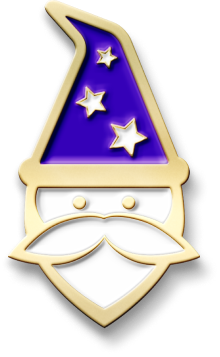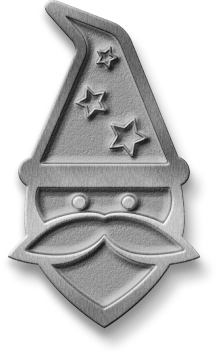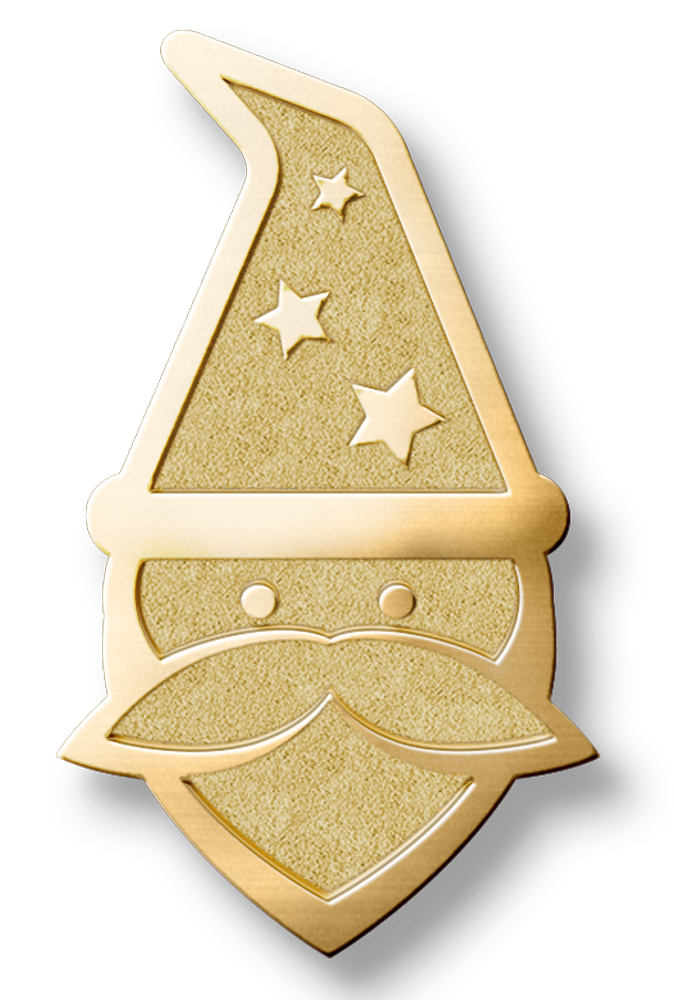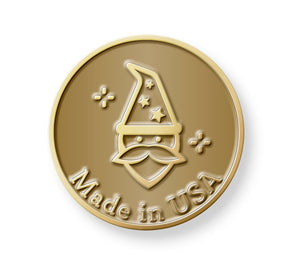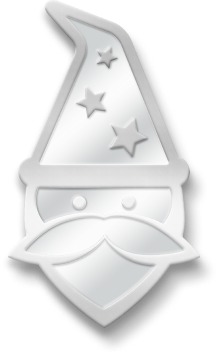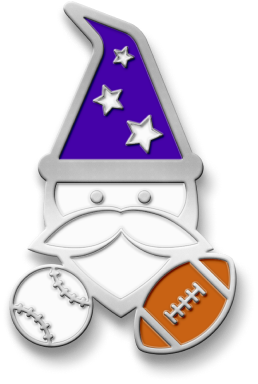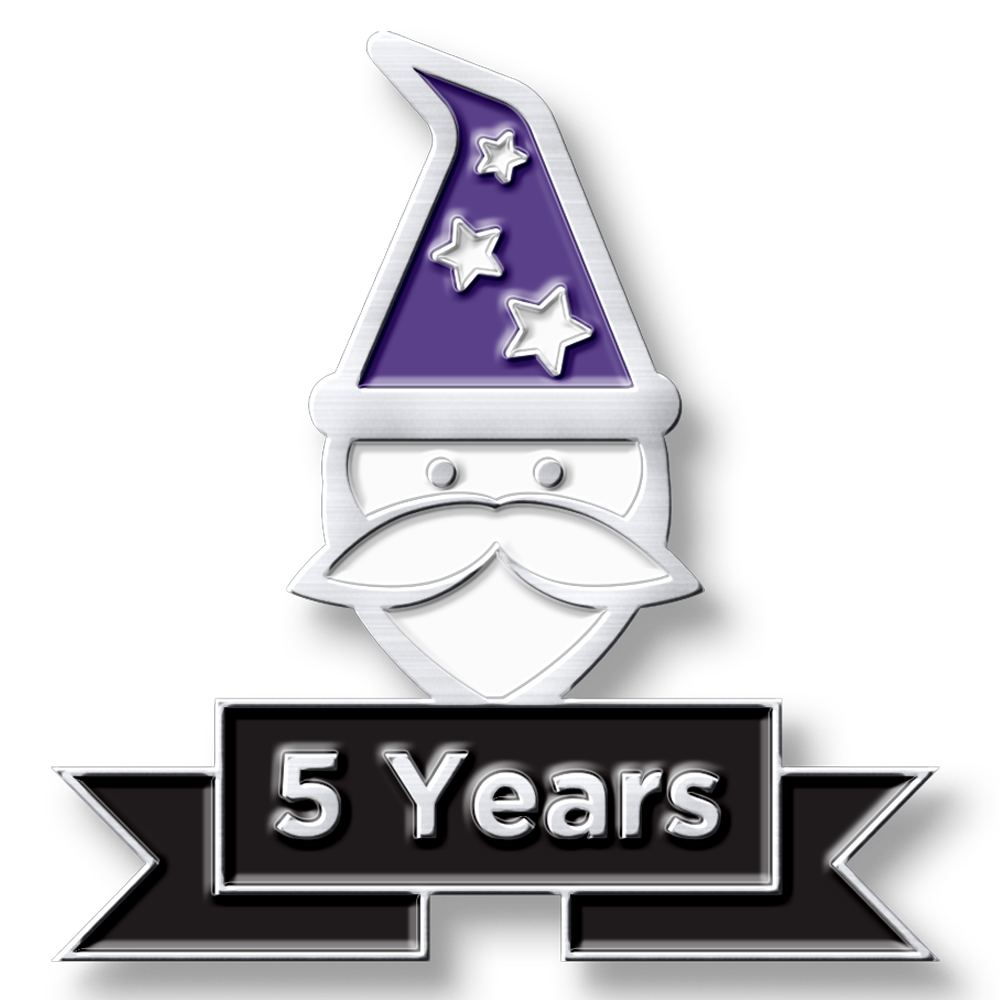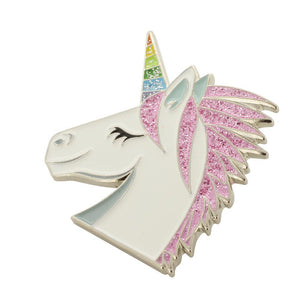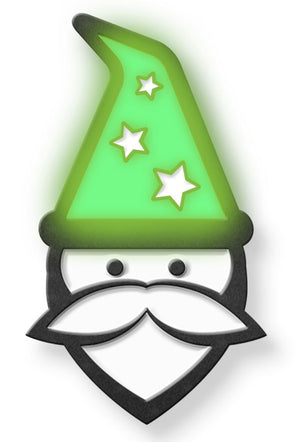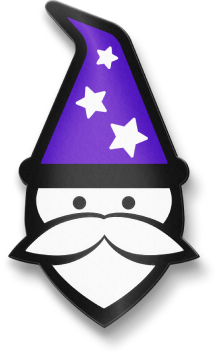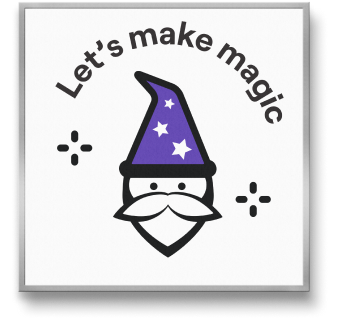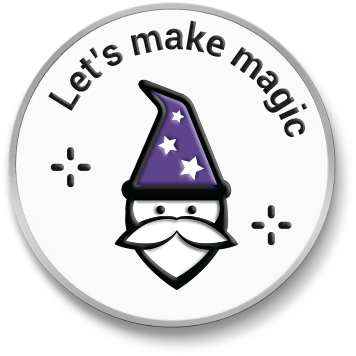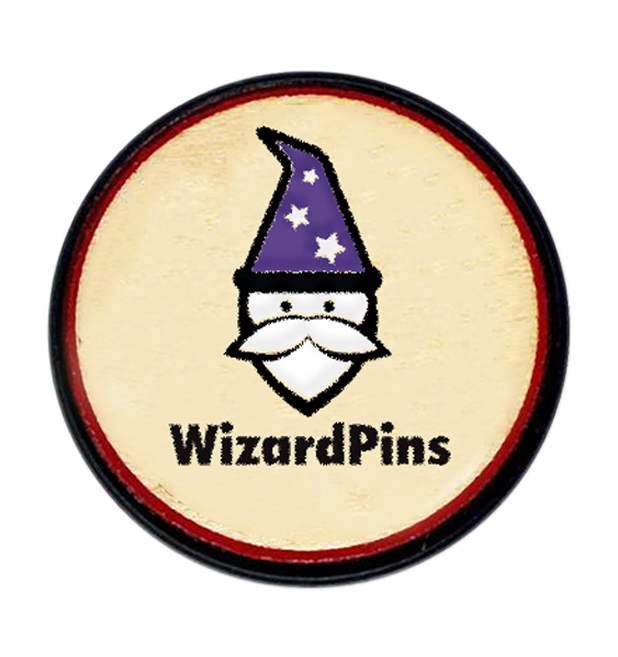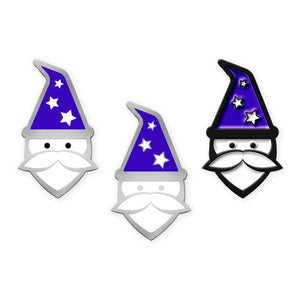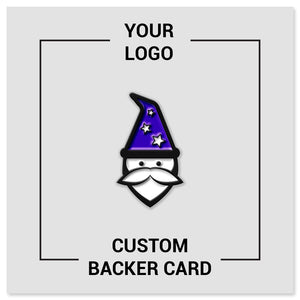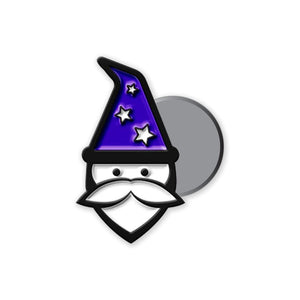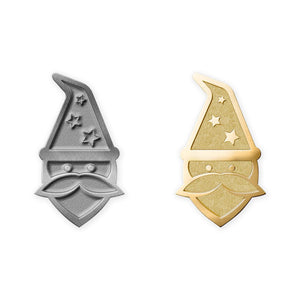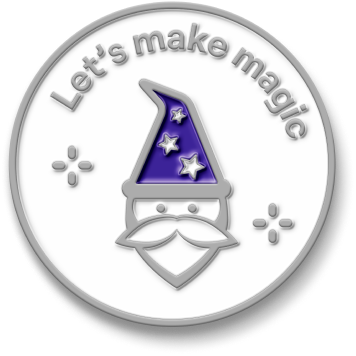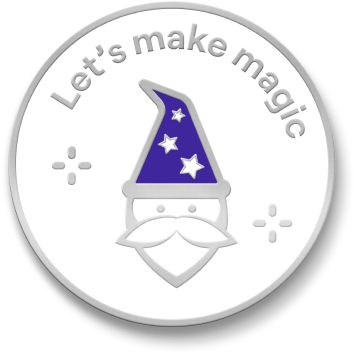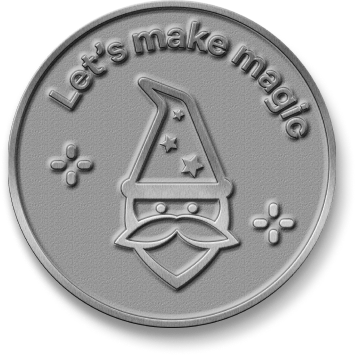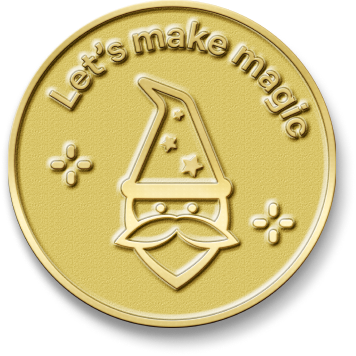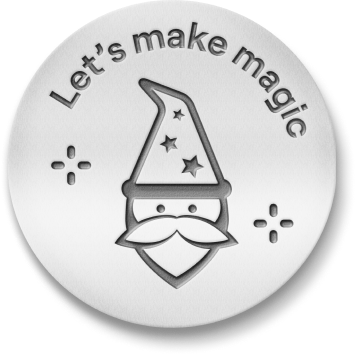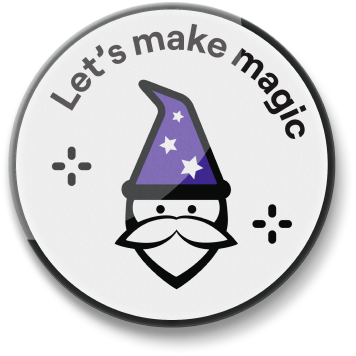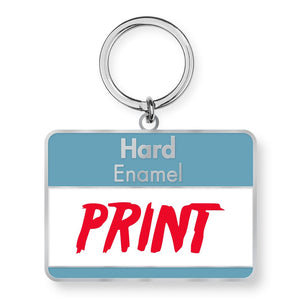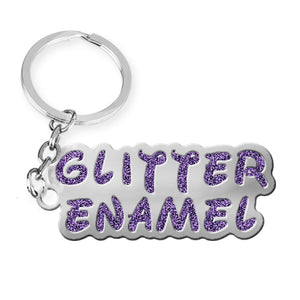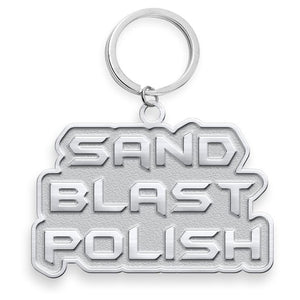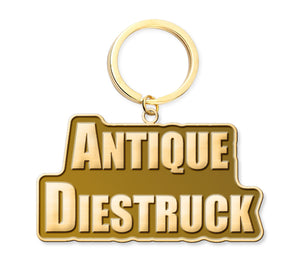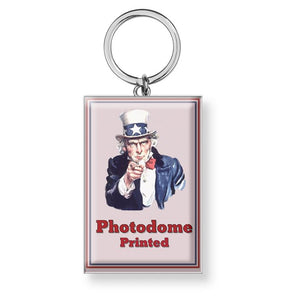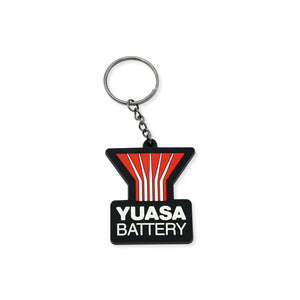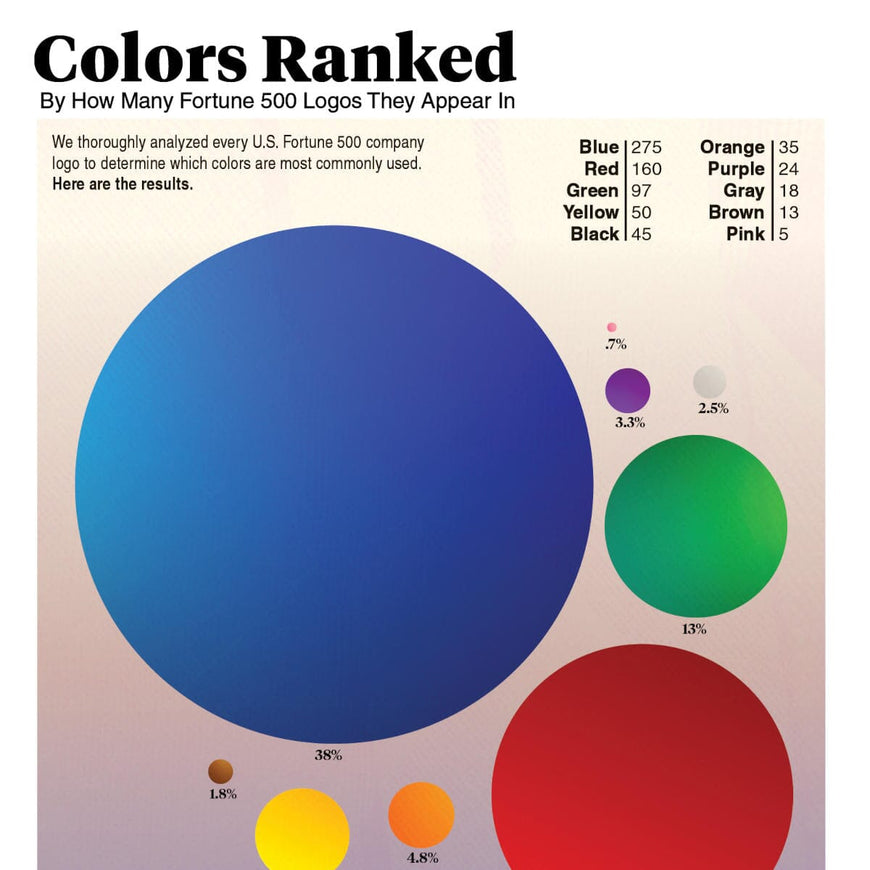What is the color of success? Many would say it is green like money, but the abundance of blue in the logos of Fortune 500 companies says otherwise! Fortune 500 company logos span the rainbow of color choices, but the most common color by far is blue. In second place is red, followed by green. The team at WizardPins is passionate about about brand identity and expression, so we created this visualization showcasing how often each color appears in the logos of Fortune 500 companies.
Embed code:
Here is the full ranking of colors based on how many Fortune 500 logos they appear in:
- Blue – 275
- Red – 160
- Green – 97
- Yellow – 50
- Black – 45
- Orange – 35
- Purple – 24
- Grey – 18
- Brown – 13
- Pink – 5
Note: Black earned a point if it was the only color of the logo or it was a major part of the logo element (excluding the brand name).
And here are the logos of the top 100 Fortune 500 companies sorted by color:
Why are so many logos blue?
Why is blue the most common logo color? Many major companies represent themselves with blue, including Walmart, Facebook, LinkedIn, GM, Ford, Intel, and Boeing. A psychological study conducted in 2010 found that: “person's preference for a given color can be determined by averaging out how much that person likes all of the objects they associate with that color. Your inclination for orange, for example, depends on how you feel about pumpkins and traffic cones and Cheetos, among other things." There are many positive things associated with blue that we see and enjoy frequently, such as clear skies and pristine water. These positive blue features in our everyday lives transcend place or culture (most people love nice weather and clean water).
There is further scientific research exploring why blue is such a beloved, appealing color and why many brand logos are blue. Stephen Westland, the chair of color science and technology at University of Leeds, explores the effect of color on the body in this article. Here are some fascinating tidbits from it:
- In an experiment where a room was filled with different colored light, red light seemed to raise the subject’s heart rate and blue light seemed to lower it.
- In 2009, blue lights were installed along platforms in Tokyo’s Yamanote railway line to reduce the incidence of suicide. Astonishingly, the suicide rate dropped 74% in stations where blue lights were installed. It is theorized that blue light eases impulsiveness and promotes calm.
Why are food logos red?
Why are so many fast food logos red and yellow? A report by the University of New Hampshire found that the color red tends to ignite excitement, appetite, hunger, and attention. Here is an informative snippet from the paper: “The color red can have a physical effect, including increasing the rate of respiration, raising blood pressure, and thus making the heart beat faster as well as making people hungry. This applies to chain restaurants and their need to attract customers. The link between the color red and dominance may also be a reason why a significant amount of chain restaurants utilize the color.” What about yellow? It is believed that the color yellow evokes comfort and warmth. Together they make a formidable pairing that are brains are subconsciously allured by. Marketing experts refer to this pairing as the “Ketchup and Mustard Theory.”
If you are interested in designing a logo and want to imbue it with psychological color theory, here is a quick rundown of characteristics commonly associated with each color:
- Red logo color meaning – Passion, heat, energy, vitality, power, hunger, emotion
- Blue logo color meaning – Trustworthiness, maturity, calmness, authority
- Green logo color meaning – Renewal, freshness, nature, youth, cheerfulness, safety, balance, money, success, luck
- Purple logo color meaning – Richness, nobility, decadence, exclusivity, brilliance, imagination
- Yellow logo color meaning – Innovation, individuality, warmth, energy, joy
- Orange logo color meaning – Friendly, cheerful, productive, adventure, thrill, strength
- Black logo color meaning – Boldness, durability, timelessness, elegance, prestige, intensity
- Grey logo color meaning – Balance, neutrality, dignity, professionalism, intellect
Regardless of the colors you choose, if you own a company, or are part of an organization, team, club, etc., you can put your logo on custom pins, custom medals, custom popsockets, custom socks, custom hats, and so many more custom promotional products from Wizard Pins. Let us know how we can help you!
Without further ado, read on to learn more about the Fortune 500 and the companies behind these colorful logos.
What are Fortune 500 Companies?
What is a Fortune 500 company? The Fortune 500 is an annual list released by American global business magazine Fortune that ranks the larges U.S. companies by total revenue. In essence, Fortune 500 companies are just the biggest companies in the United States. What qualifies a Fortune 500 company? To be eligible to make the prestigious Fortune 500 list, a company must be publicly traded or privately held, for profit, and be based in the United States with financial statements filed with a U.S. government agency. The company must have achieved revenue in the respective year that places it among the top 500 U.S. companies. How much money does a company need to make to be in the Fortune 500? The revenue threshold for Fortune 500 companies was $7.2 billion for the most recent year, which is an increase of 13%. What is the top Fortune 500 company? Walmart has taken the crown for the eleventh consecutive year, followed by Amazon and Exxon Mobil. Here are the top 20 Fortune 500 companies of 2023 and their revenue:
- Walmart - $611.2 billion
- Amazon - $513.9 billion
- ExxonMobil - $413.6 billion
- Apple - $394.2 billion
- UnitedHealth Group - $324.1 billion
- CVS Health - $322.4 billion
- Berkshire Hathaway - $302 billion
- Alphabet (Google) - $282.8 billion
- McKesson - $263.9 billion
- Chevron Corporation - $246.2 billion
- AmerisourceBergen - $238.5 billion
- Costco - $226.95 billion
- Microsoft - $198.2 billion
- Cardinal Health - $181.364 billion
- Cigna - $180.5 billion
- Marathon Petroleum - $180 billion
- Phillips 66 - $175.7 billion
- Valero Energy - $171.1 billion
- Ford Motor Company - $158 billion
- The Home Depot - $157.4 billion
Who created the Fortune 500 and when did the Fortune 500 start? Edgar P. Smith, who served as an assistant managing editor of Fortune, was responsible for conceptualizing the Fortune 500 in 1995. What were the original Fortune 500 companies that made that first list? According to the of Congress, the top companies in America that year were General Motors, Jersey Standard, U.S. Steel, General Electric, Esmark, Chrysler, Armour, Gulf Oil, Mobil, and DuPont.
